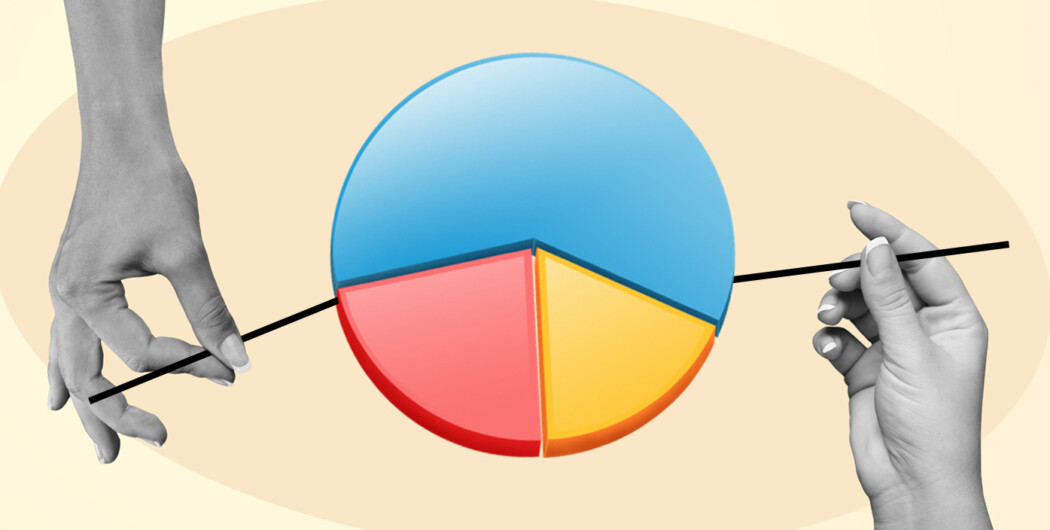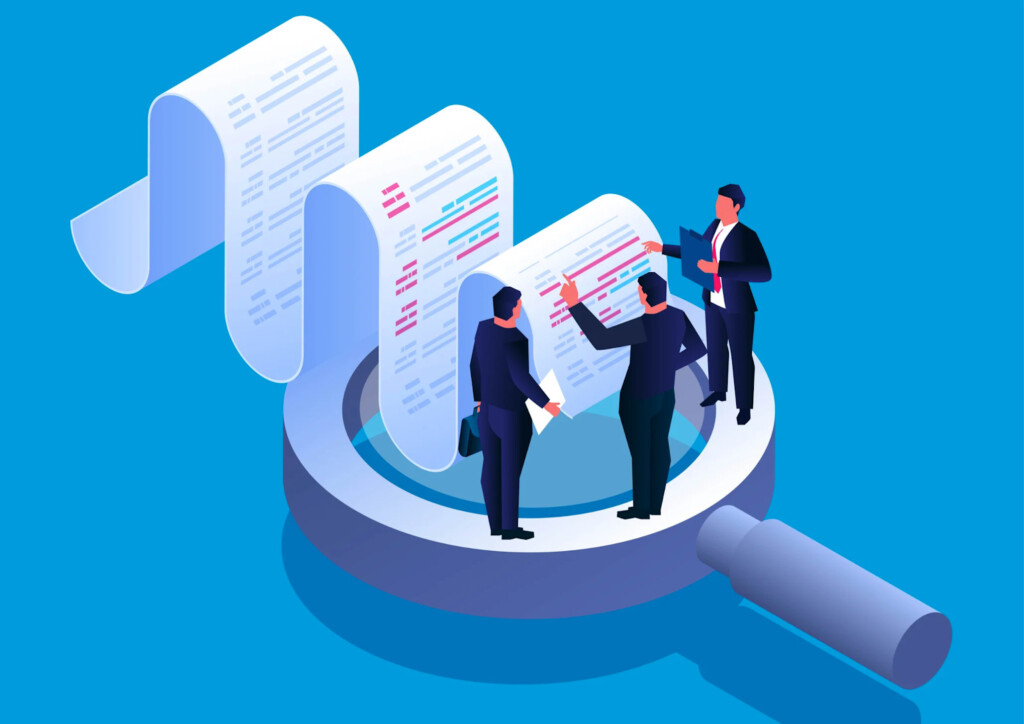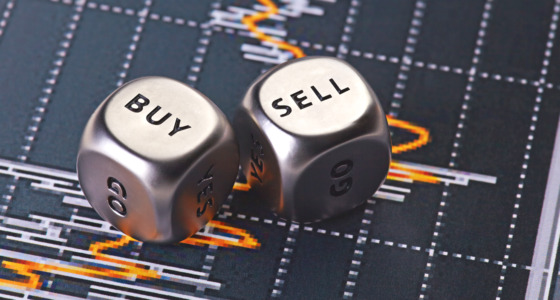

The concept of leverage and levers dates back thousands of years ago. Ancient Egyptians used simple levers to move heavy objects like blocks of stone when building their massive pyramids. The ancient Greek philosopher Archimedes formally described them around 250 BCE. Levers are still used in cranes and excavators, and trading with leverage is yet another example of how the concept continues to be relevant.
So let’s take the time to learn about this tool and how to use it wisely.
What is leverage trading?

Leverage trading is a technique for traders to amplify their potential returns by borrowing funds from a broker or exchange. Essentially, it allows traders to control a larger position in a market than they would be able to with their own funds alone. The borrowed funds act as collateral, and the trader is responsible for paying back the loan with interest (if applicable).
With leveraged trading, you get to take advantage of price movements in a market without having to put in a large amount of capital. But since you essentially have more funds to work with, you may generate bigger returns compared to conventional trading methods (but with a bigger risk). The amount of leverage available depends on the broker or exchange. It can range from a small multiple of the trader’s own funds to a hundred times that amount.
One important consideration is the requirements. Brokers and exchanges typically require traders to maintain a minimum amount of equity in their accounts (margin) to use leverage trading. If the equity falls below a certain level, they can liquidate the position to prevent further losses.
What is the leverage ratio?
The leverage ratio is the ratio of your own capital to the amount of borrowed funds. Some brokers offer massive leverage ratios of up to 500:1; some limit leverage to 5:1 or lower for certain instruments or account types. But it’s better not to rely on the highest leverage ratios possible.
Let’s say you have $1,000 in your trading account, and you want to open a position with a value of $10,000. Your broker offers a leverage ratio of 10:1. In that case, you can use $1,000 of your own capital and borrow $9,000 from the broker to make the trade, which will significantly raise the value of your trade.
How does unleveraged trading work?
Unleveraged trading is just “normal” trading. It refers to trading financial instruments without using any borrowed funds or leverage so you operate with your own capital to open positions in the market.
In this case, there is a natural limit to the size of your positions — the amount of capital you have determines the maximum size of the trade. For instance, you want to buy 10 shares at a price of $10 per share, which would cost you a total of $100. If the share price then increases by 10%, the value of your trade would increase by $10, resulting in a total account balance of $110. If the price decreases by 10%, you will lose $10.
Unleveraged trading is a safer option for traders who don’t want to risk incurring significant losses. If you follow optimal position sizing, there is little chance of all your positions being completely liquidated due to market fluctuations. But smaller positions equal smaller potential returns.

How does leveraged trading work?
To start trading with leverage, you’ll need to open a margin account with a broker who offers it. The broker will typically require you to deposit an initial margin amount, which is a percentage of the total value of the trade. The amount depends on the asset you’re trading and the leverage ratio you’re opting for.
Once you’ve opened a margin account and made your deposit, you can use the funds to enter trades. The broker will provide you with access to a trading platform where you can buy and sell assets with leverage. You’ll be able to see your total exposure, margin used, and potential profit or loss in real time.
Now, let’s say that you decide to use a leverage ratio of 1:10. You could open a position worth $1,000 by putting down just $100 as collateral. If the share price increases by 10%, your returns would be $100, and your total account balance would be $200. However, if the price declines by 10%, then you will lose $100.
The process of leverage trading
Here is how a leveraged trade on the EUR/USD currency pair may develop:
- Choose an underlying asset. Let’s say you want to trade EUR/USD.
- Determine your position size. You decide to enter a position size of 100,000 units, which is equivalent to one standard lot.
- Choose a leverage ratio. Your broker offers a leverage ratio of 50:1 for the EUR/USD currency pair, so you decide to access a position size 50 times larger than your initial margin.
- Deposit your margin. If there is a 2% margin, you’ll need to deposit $2,000.
- Borrow the funds. Your broker will provide the remaining 98% of the trade value, which is $98,000.
- Monitor your position. Any profit or loss on your trade will be calculated on the full position size of $100,000, not just your margin amount.
Advantages and disadvantages of leverage trading

Advantages:
- Increased buying power – With leverage, traders can access more funds than they have in their accounts. As a result, they get to take larger positions than they would be able to with their own funds alone.
- Potential for higher returns – Leverage has the potential to turn small results into big achievements, like a multiplier effect on returns.
- Diversification – It allows traders to take multiple positions across different markets and instruments, which helps them spread their risk.
Disadvantages:
- Increased risk – Just like leverage has the potential to bring both higher rewards, the same goes for higher risks. If the market goes against you, using leverage will put you in hot waters.
- Stop out – This is an automatic closure of leveraged positions when your account balance falls below a certain level (set by your broker).
- Fees and interest – Like any loan, leverage comes with charges. These fees can add up quickly and can eat into profits or even turn a winning trade into a losing one.
It’s worth mentioning that this tool is more popular among experienced traders rather than beginners. It doesn’t mean that beginners can’t use leverage trading. But leveraged trading takes a good understanding of market dynamics and trading strategies. Losses can quickly add up if trades go against the trader’s expectations, and not everyone is equipped to handle that.
Ultimately, it can be useful; you just need to approach it with caution.
In Conclusion
“Trading using leverage is like driving a car with a turbocharged engine. If you know how to handle it, it can take you to your destination faster. But if you don’t, it can crash you.”
– Michael Marcus, trader and author
Leverage can be particularly dangerous for beginners, who may be drawn into taking higher risks than they can afford. Therefore, it’s crucial to learn how to manage the risk that comes with it.
Calculate the appropriate amount of leverage for your account size and risk tolerance, incorporate risk management techniques (such as stop loss and position sizing), adjust based on market conditions and your trading performance, and maintain discipline. Remember to keep your head cool!
Sources:
What Is Leverage Trading? The Balance
Leveraged Investing Strategies – Know the Risks Before Using These Advanced Investment Tools, SEC









